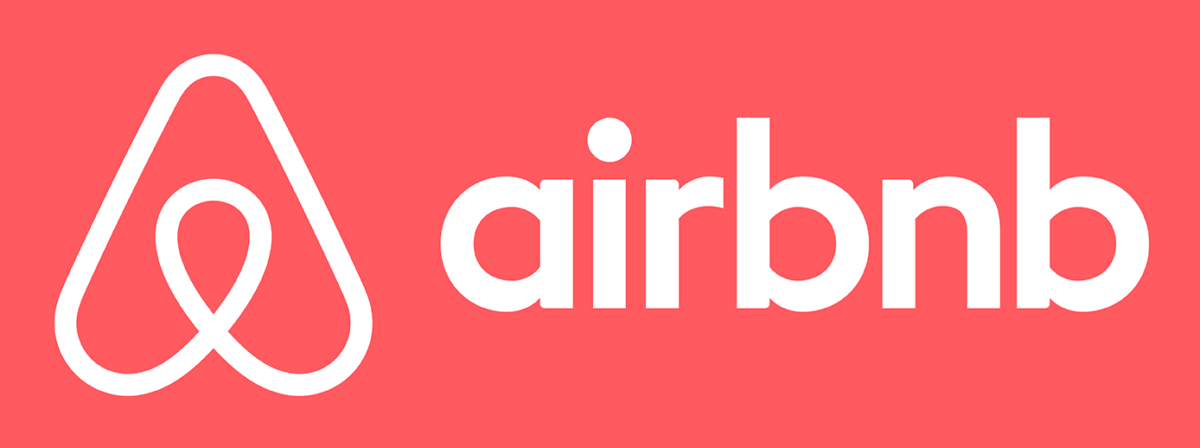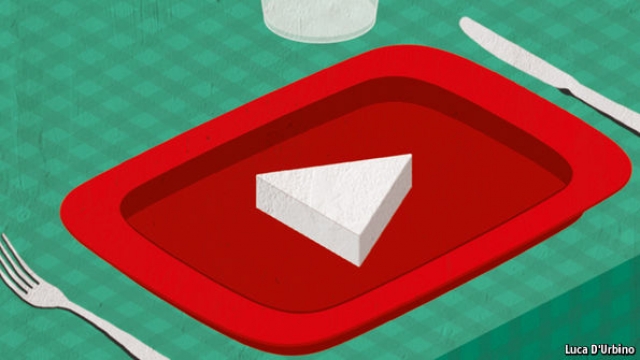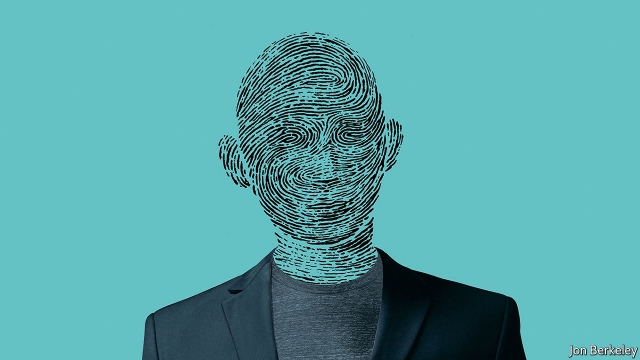Airbnb was founded in 2008 by Joe Gebbia, Brian Chesky, and Nathan Blecharczyk and was originally only intended for renting out their private residence (Fortune, 2015). Airbnb has grown into an online platform which brings together homeowners who are willing to rent out their accommodation, with individuals who are looking for a temporary place to stay. This way Airbnb provides an alternative to expensive hotels, which has proven to be a popular option thus far. Currently, approximately 4 million accommodations in 191 countries and 65,000 cities all around the world are offered through the platform (Airbnb, 2017).
Before Airbnb entered the market, the hospitality industry was a relatively consistent market where large players co-existed with numerous small hotels. Airbnb did not follow the standards set by the hotels or the online travel agencies (OTAs) but sidestepped them by directly connecting customers with homeowners through a platform network instead of owning the offered accommodation as hotels did.
Despite this, Airbnb differentiated itself from traditional players in the industry by offering comparably cheap accommodation that enables customers to ‘live’ in the destination instead of just visiting it. The disruption of the hospitality industry by Airbnb is also supported by research, which has estimated that hotels are currently losing $450 million of direct revenue per year to Airbnb. The actual impact is even bigger if you consider potential losses of hotels due to selling less secondary products such as beverages, food, and holiday services (Fortune, 2017).
Airbnb provides value to its users in different ways: For hosts, Airbnb offers the opportunity to generate additional income, convenience and a form of insurance for their risks. Guests can conveniently choose from a variety of different types of accommodations, which are mostly cheaper and more authentic than regular hotels. Both user groups benefit from the included rating system, dispute resolution, and the overall safety and trust Airbnb as a platform provider is offering. For its services, Airbnb charges a fee from rental guests (5-15%), from rental hosts (3-5%) and event hosts (20%) (Uenlue, 2017)
Unlike pipelines, platform business models such as Airbnb are multi-sided markets where users are actively co-creating content and value. By offering their accommodation on the platform, users can become producers. Only the platform and the network are assets for Airbnb and offers become products only through interaction. Airbnb makes use of network effects and hence would have no value without their user base. In the future we expect Airbnb to face increased pressure from competitors, governments, as well as their customers, and other external entities.
In conclusion, Airbnb has clearly disrupted the hospitality industry. Airbnb deployed an innovative business model and made great use of new technologies and network effects. While facing various challenges over the next years, we are confident that Airbnb will continue to grow their market share and we are curious to see if the hospitality industry has what it takes to successfully adapt to the disruption that has taken place within their industry.
References:
Airbnb.com. (2017). About Us – Airbnb. [online] Available at: https://www.airbnb.com/about/about-us?locale=en [Accessed 5 Oct. 2017].
Gallagher, L. (2015). The education of Airbnb’s Brian Chesky. [online] Fortune. Available at: http://fortune.com/brian-chesky-airbnb/ [Accessed 3 Oct. 2017].
Juggernaut- Powering On Demand Apps. (2015). How Airbnb Works | Insights into Business & Revenue Model – Juggernaut. [online] Available at: http://nextjuggernaut.com/blog/airbnb-business-model-canvas-how-airbnb-works-revenue-insights/ [Accessed 2 Oct. 2017].
Gallagher, L. (2017). Here’s How Much Airbnb’s Management Believes the Company’s Profit Will Grow. [online] Fortune. Available at: http://fortune.com/2017/02/15/airbnb-profits/ [Accessed 3 Oct. 2017].
Osterwalder, A. and Pigneur, Y. (2013). Business model generation. Hoboken, N.J.: Wiley.
Uenlue, M. (2017). Business Model Canvas Airbnb. [online] Innovation Tactics. Available at: http://www.innovationtactics.com/business-model-canvas-airbnb/ [Accessed 1 Oct. 2017].



